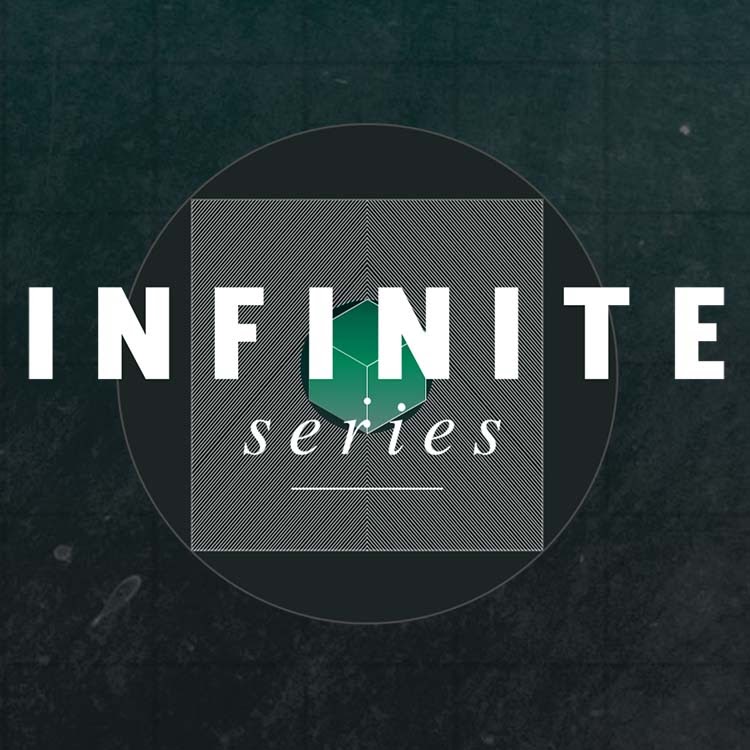2018-03-01
[public] 91.1K views, 3.18K likes, 27.0 dislikes audio only
Viewers like you help make PBS (Thank you 😃) . Support your local PBS Member Station here: https://to.pbs.org/donateinfi
In the physical world, many seemingly basic things turn out to be built from even more basic things. Molecules are made of atoms, atoms are made of protons, neutrons, and electrons. So what are numbers made of?
Check out the previous episode to find out What It Means to be a Number
And to see Gabe's solution to the Torus Clock Challenge check out:
http://bit.ly/pbs_clock_challenge
Tweet at us! @pbsinfinite
Facebook: facebook.com/pbsinfinite series
Email us! pbsinfiniteseries [at] gmail [dot] com
Previous Episode:
What Does it Mean to Be A Number?
Torus Clock Challenge:
How to Divide by "Zero"
Blog post about the Peano axioms and construction of natural numbers by Robert Low:
http://robjlow.blogspot.co.uk/2018/01/whats-number-1-naturally.html
Recommended by a viewer for connections to formulation of numbers in computer science:
https://softwarefoundations.cis.upenn.edu/
Any set N and function S that meet these conditions will *behave* , respectively, like the natural numbers and the operation "next" or "successor". You can even define operations that fully mimic run-of-the-mill addition and multiplication in terms of any suitable S, regardless of the details of how S works . In this sense, the Peano axioms distill numberhood down to its bare essentials.
Written and Hosted by Gabe Perez-Giz
Produced by Rusty Ward
Graphics by Ray Lux
Assistant Editing and Sound Design by Mike Petrow and Linda Huang
Made by Kornhaber Brown (www.kornhaberbrown.com)
Special thanks to Roman Pinchuk for supporting us on our Converse level on Patreon.
Along with thanks to Matthew O'Connor, Yana Chernobilsky, and John Hoffman who are supporting us on Patreon at the Identity level!
And thanks to Mauricio Pacheco who are supporting us at the Lemma level!
/youtube/video/3gBoP8jZ1Is
/youtube/video/KTUVdXI2vng
/youtube/video/KZT5hrYOERs
/youtube/video/uxpowBoPieQ
https://www.patreon.com/pbsinfiniteseries
/youtube/channel/UCs4aHmggTfFrpkPcWSaBN9g
/youtube/video/3gBoP8jZ1Is

